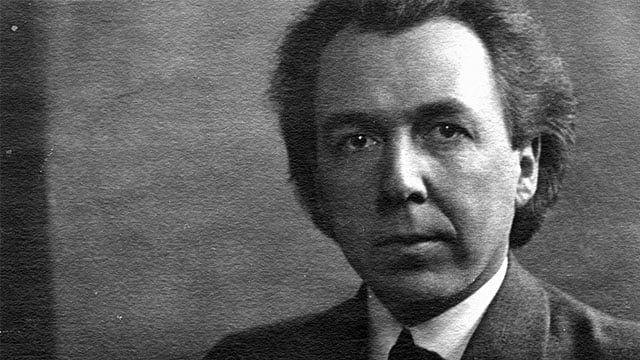
As a draftsman in the offices of Adler & Sullivan during Chicago’s post-fire building boom, the young Frank Lloyd Wright found himself working for the two of the hottest architects in the country, building the most exciting city in America.
Wright’s early designs enhanced many of the firm’s high-profile projects, including the interior of the Auditorium Theatre. Under the tutelage of Sullivan, Wright developed his considerable talent and enriched his own ideas about a uniquely American style of architecture.
But in violation of his agreement with the firm, Wright took on a series of “bootleg” home design projects, and when these side projects were discovered in 1893, he parted company with Adler & Sullivan. Wright went on to become one of the most influential architects of the 20th century.
In his memoirs, Wright cited Sullivan’s impact on his own work — one of the few influences Wright ever acknowledged — and defended his mentor’s legacy, referring to him as ”Lieber Meister” — “Dear Master.”

